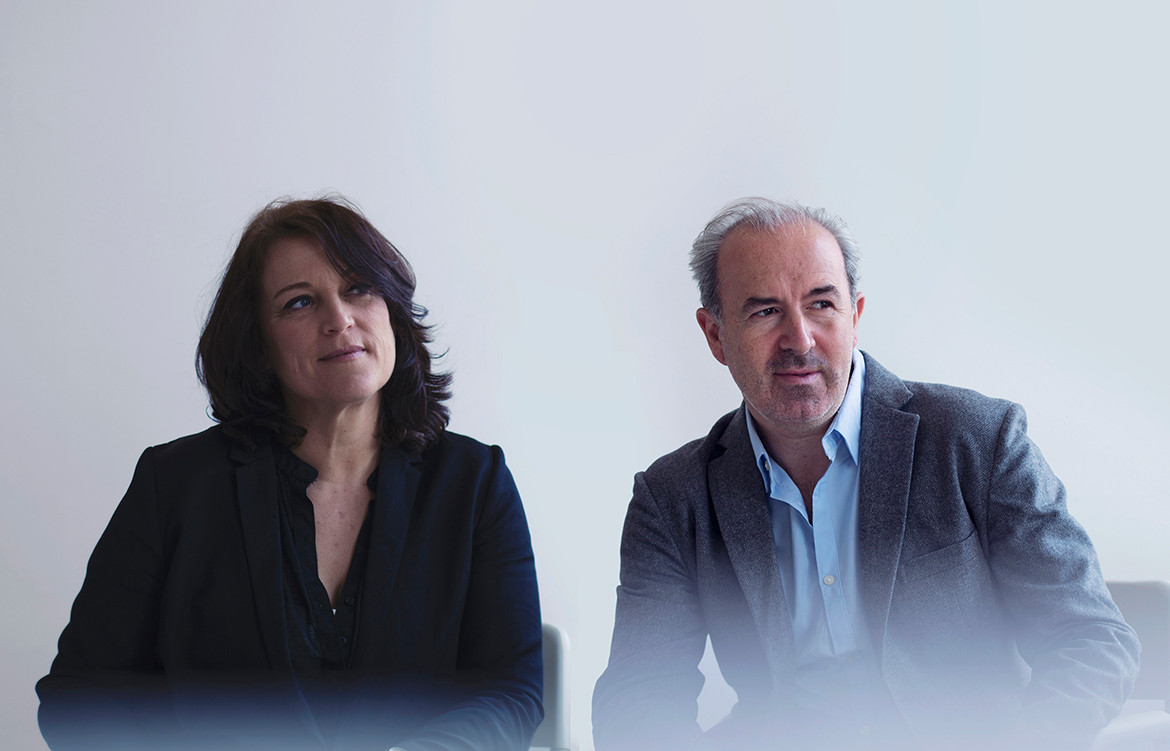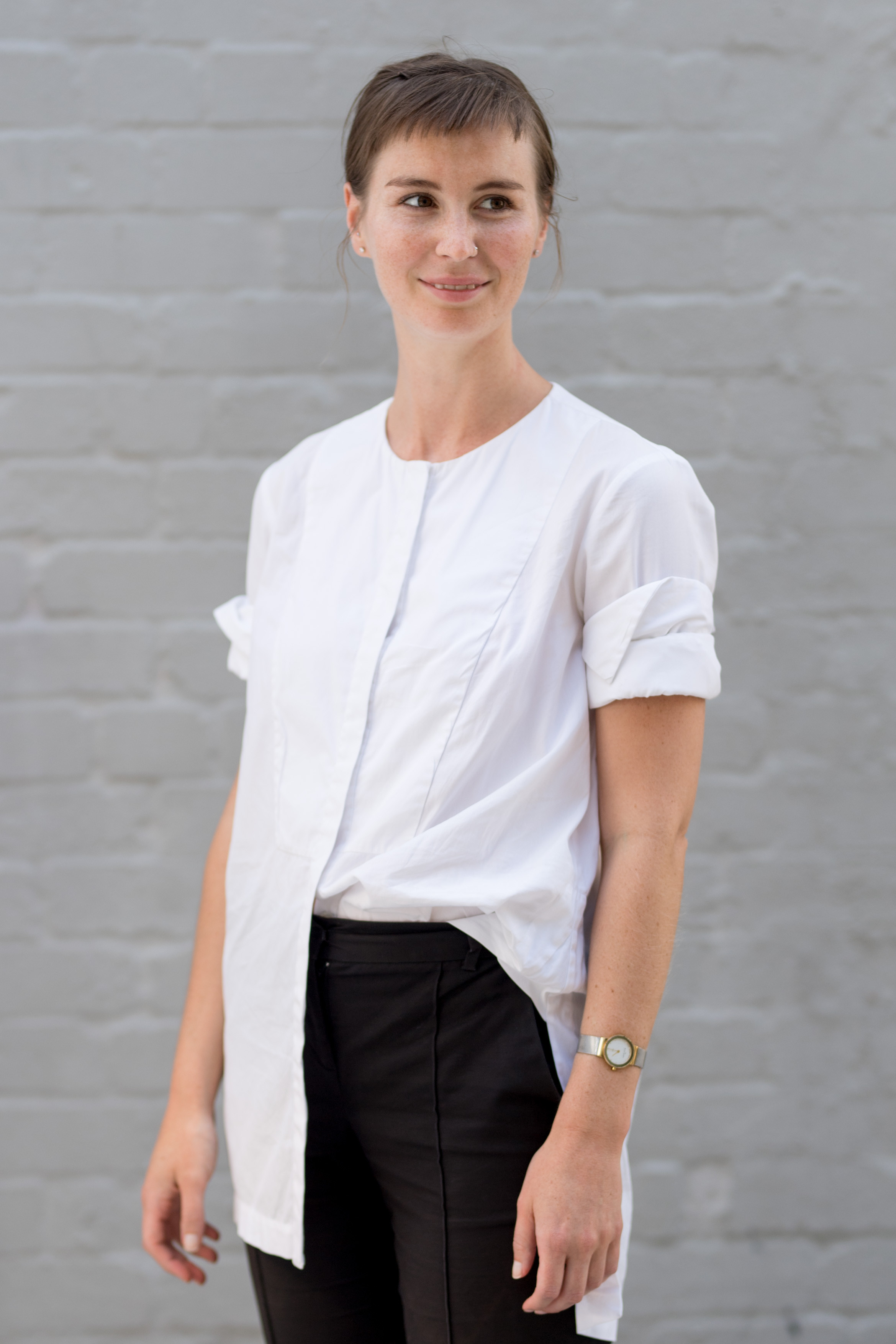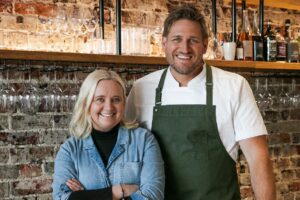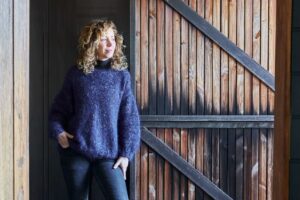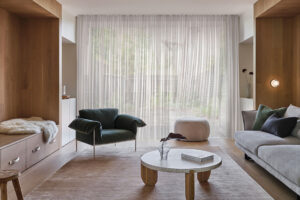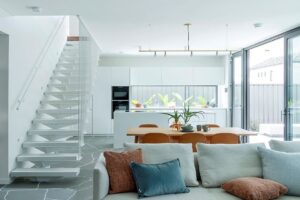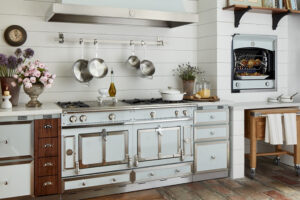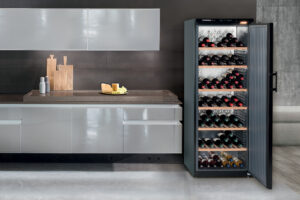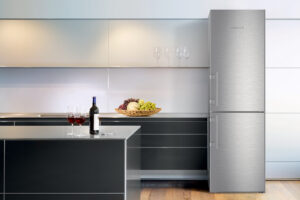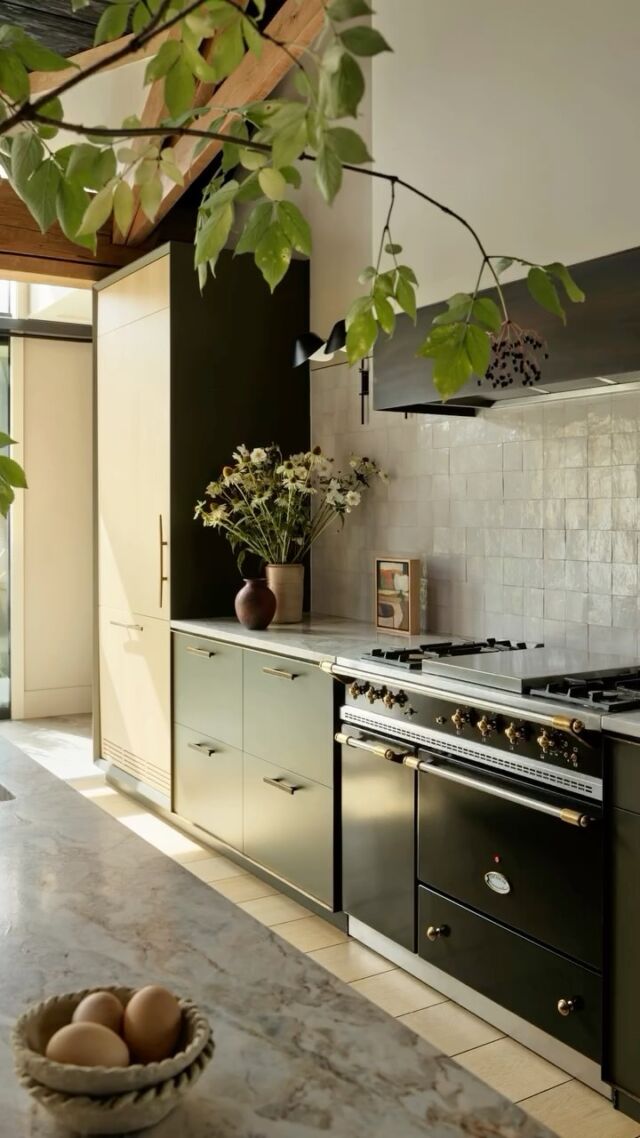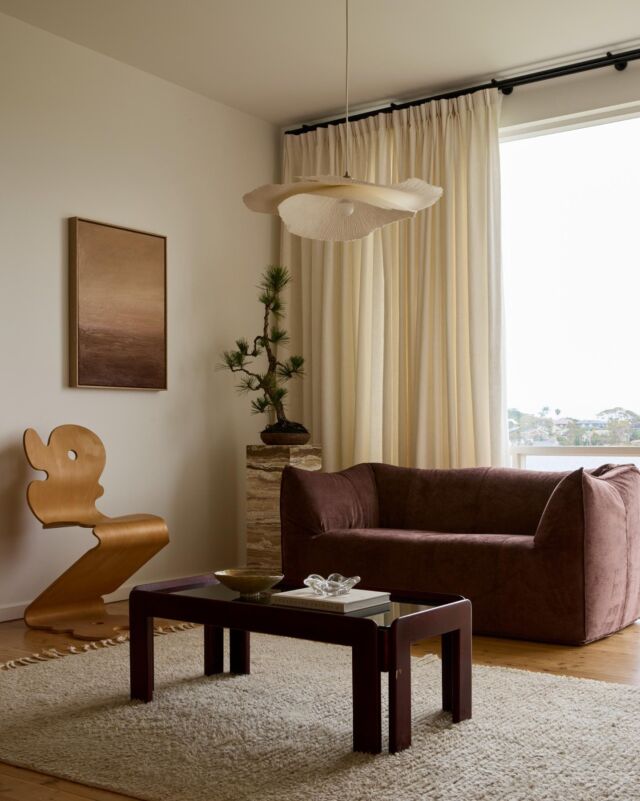At the turn of the millennium, in 2002, Sam Hecht and Kim Colin formed Industrial Facility. The former was an industrial designer from London and the latter an architect from Los Angeles, and the new design studio based out of London was born out of a desire to improve design solutions rather than re-invent them. Sam and Kim’s initial ambitions were to work with big studios, without having to become one.
At the time, being seen as a large studio seemed like it would increase their chances of realising these goals. Strategic thinking came into play here, and the name of the studio, Industrial Facility, was used for its ambiguity. “The only way to do this was to initially confuse companies (who would not normally work with such a small studio) into thinking that, like them, we were a large corporation…‘Industrial Facility’ means nothing on the one hand, and everything on the other,” says Kim.
Evidently, it worked: Industrial Facility has long standing relationships designing for some of the most well known, global brands.
For 20 years Sam and Kim have been designing for Japanese giant Muji, known for the emphasis it places on design minimalism, recycling, and reducing waste created through packaging. For the past ten years they have been working with Herman Miller, “where some of our best work has been produced”, says Kim. And over at Matiazzi, they have recently become art directors. Industrial Facility also counts collaborations with Issey Miyake, Emeco, Epson, Santa & Cole and Wästberg.
While they have more than a few big-name companies listed in their portfolio, they’re also working with lesser known companies that offer very different experiences.
“Probably few of your readers would be aware of the medical company Novo Nordisk,” says Sam, of the Danish company Industrial Facility has been working with for more than a decade. “We do this to gain a high level of engineering understanding.” They have also worked with a number of start-ups on various projects over the years. There’s a unique push and pull for designers between designing for oneself and designing for a large, varied, and global consumer base. On the one hand, design tends to mirror the passion of its creator and oftentimes this passion can be found in a fairly obscure focus. But on the converse, Industrial Facility is steadfast in its desire to create products that provide or improve a solution for many.
They sincerely enjoy collaboration, and in many ways a third party can help tease out a product that is both unique and viable commercially. Not only that, but the enthusiasm of others fuels their own motivation during the process. “Design is by virtue a grey subject: it’s not pure art or pure science. So the only way for success is if everyone is excited, curious, questioning and inquisitive. Above all, I love the fact that rarely do we end up where we intended – nothing is prescribed,” says Sam.
Shifting to a forward focus, it’s hard to anticipate where we might see Industrial Facility. The long-term future isn’t something Sam and Kim believe you can accurately predict, so why box yourself into plans that might not be relevant or available? Social culture is evolving rapidly, Kim poignantly notes that ten years ago business like Uber, AirB&B and WeWork – and the very new patterns of behaviour that they facilitate – were nowhere on the horizon.
Thinking about the future needs of the industry, however, can be a little easier to consider as there are some non-negotiables at play. “Sustainable consumption must be taken up with vigour by the industry,” says Sam, specifically flagging single-use packaging that can’t be recycled. But there are other elements in the design process where there is room for improvement, too, such as widespread adoption of recycled or sustainable materials, reducing/recycling off-cuts, ensuring longevity and durability (phasing out built-in obsolescence), educating consumers to repair rather than replace, and cradle-to-grave management. “There are strong currents blowing but nothing yet concrete,” he concludes.
Industrial Facility
industrialfacility.co.uk
Photography by Petr Krejci
We think you might also like this profile on Australian design duo, Waltz


